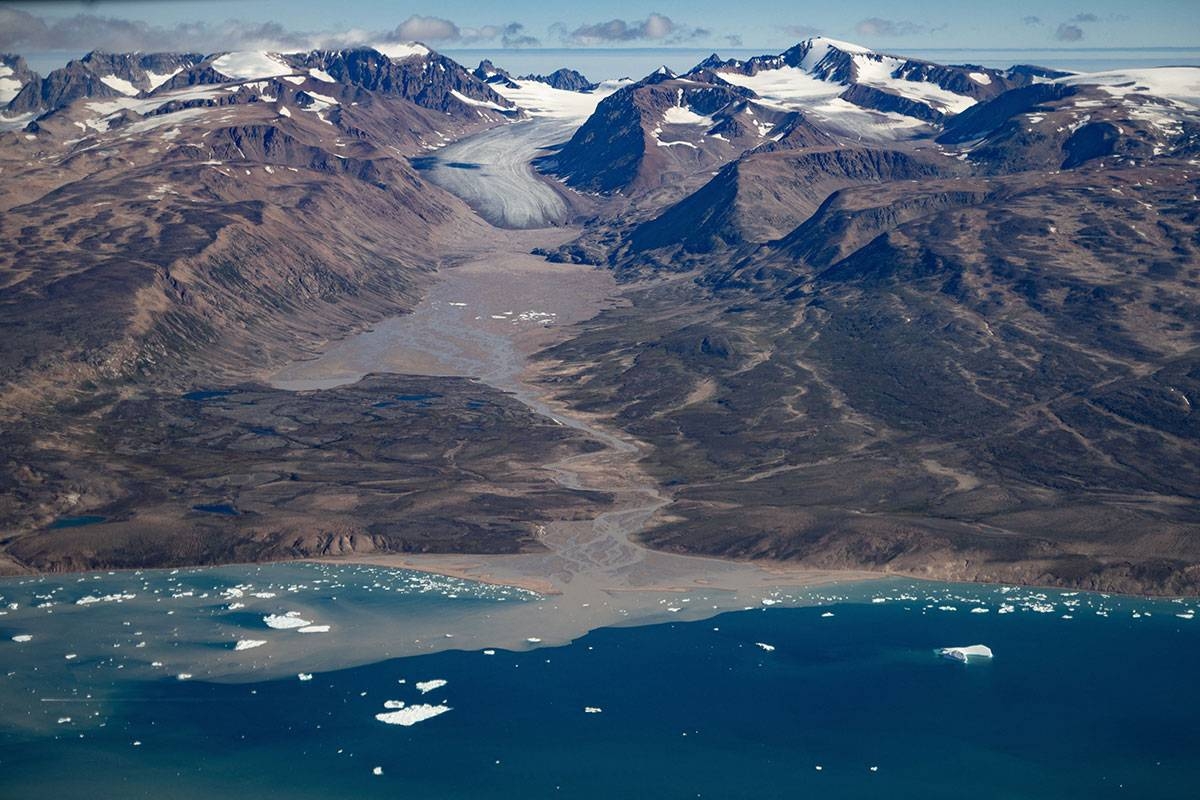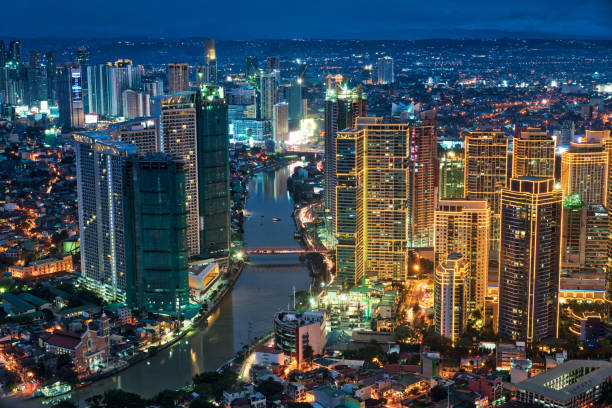The Arctic experienced its warmest-ever summer in 2023, according to an official report released on Tuesday. This unprecedented warmth is a clear indication of the accelerating human-caused climate change that is pushing ecosystems and the people who depend on them into uncharted territory. The average summer surface air temperature from July to September reached 43 degrees Fahrenheit (6.4 degrees Celsius), the highest since record-keeping began in 1900.
The Arctic is warming approximately four times faster than the rest of the planet, primarily due to a vicious cycle of sea ice loss known as Arctic Amplification. This alarming trend calls for immediate action to reduce greenhouse gas emissions, as emphasized by Rick Spinrad, the Administrator of the National Oceanic and Atmospheric Administration (NOAA). He stated, “The overriding message from this year’s report card is that the time for action is now. We, as a nation and global community, must dramatically reduce greenhouse gas emissions that are driving these changes.”
The report reveals that average summer temperatures have been rising at a rate of 0.31°F (0.17°C) per decade. Overall, the Arctic experienced its sixth-warmest year, with an average temperature of 20°F (-7°C). The NOAA Arctic Report Card, now in its 18th year, is a collaborative effort by 82 authors from 13 countries.
Observations from this year’s report highlight a consistent trend of warming sea and air temperatures, decreasing snow cover, diminishing sea ice, and continued melting of the Greenland Ice Sheet. Additionally, the report identifies high-impact events that bear the “clear signature” of climate change.
While the Arctic region is becoming wetter overall, there are distinct regional and seasonal differences. For instance, Alaska experienced a wet winter, while western Eurasia had a dry spring, and northern Canada faced a dry summer. The dry summer conditions in northern Canada, combined with early snowmelt, contributed to the country’s worst wildfire season on record. In August, the town of Yellowknife had to be evacuated due to the severity of the wildfires.
Furthermore, the report highlights the impact of climate change on fisheries. Sockeye salmon, a staple of commercial fisheries, reached record-high abundance in Bristol Bay, Alaska, in 2021 and 2022. Warmer waters and increased plankton abundance have allowed the juveniles to grow faster in lakes, increasing their chances of survival in the ocean. However, this abundance has flooded the market and led to depressed wholesale prices. On the other hand, heatwaves have negatively affected the growth rates of chinook and chum salmon, crucial for Indigenous communities, resulting in smaller adults and impacting livelihoods, nutrition, and cultures.
Another important aspect covered in the report is the examination of subsea permafrost. This field is relatively little known, even among scientists, but it has the potential to be a significant source of greenhouse gas emissions.
The Arctic’s warmest summer on record serves as a wake-up call to the global community. Urgent action is needed to mitigate climate change and its devastating consequences. The report underscores the importance of reducing greenhouse gas emissions and transitioning to sustainable practices. Only through collective efforts can we safeguard the Arctic’s delicate ecosystems and the livelihoods of those who depend on them.







